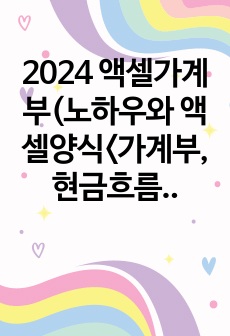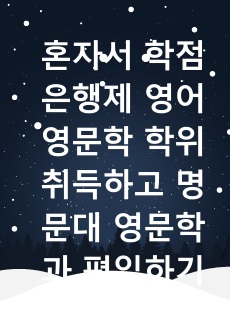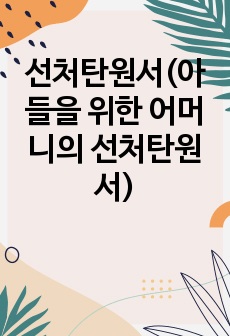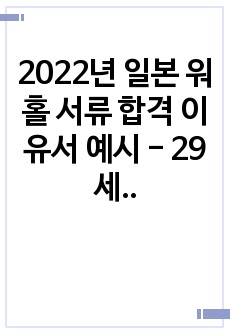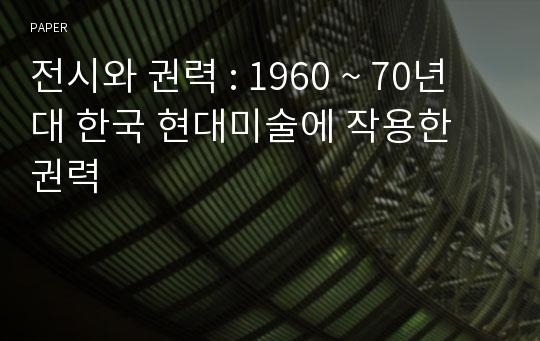전시와 권력 : 1960 ~ 70년대 한국 현대미술에 작용한 권력
* 본 문서는 배포용으로 복사 및 편집이 불가합니다.
서지정보
ㆍ발행기관 : 한국미술이론학회
ㆍ수록지정보 : 미술이론과 현장 / 3권
ㆍ저자명 : 김형숙
ㆍ저자명 : 김형숙
목차
1. 머리말2. 추상과 구상의 대립
3. 국전에 도전, 추상미술의 전개
4. 유신시대의 미술
5. 맺음말
참고문헌
Abstract
영어 초록
Contemporary Korean art in the 1960s and the 1970s reflects the social and political contexts in Korea from the 5ㆍ16 revolution through the Yoo Shin period. This paper investigates whether art has been free from power or not. It examines the power embedded in contemporary Korean art in the 1960s and the 1970s. This paper examines the historical moments of the Korean Art Exhibition, focusing on the complications between the abstract and figurative artworks of the 1960s. One of the significant art exhibitions since the 8ㆍ15 liberation of Korea, the Korean Art Exhibition witnessed conflict among Korean artists who wanted to have power in the art world of Korea. Institutional contradiction based on factionalism and conservatism prevailed in the Korean Art Exhibition was attacked by the avant-garde young artists in the 1960s. With the contact of Abstract Expressionism, young artists’ generation participated in the The Wall Exhibition. This exhibition challenged and established moral principles and visualized individual expression and creation similar to the Informal movement in the West. In the world of the traditional painting of Korea, the Mook Lim Exhibition of 1960, organized by young artists of traditional painting, advocated the modernization of Soo Mook paintings. Additionally, abstract sculptures in metal engraving were the new trends in the Korean Art Exhibition. In the 1970s, the economic development and establishment of a dictatorial government made the society stiffen. Abstract expression died out and monochrome painting was the most influential in the 1970s. After the exhibition of Five Korean Artists, Five White Colors in the Tokyo Central Art Museum in 1976, monochrome paintings were formally discussed in Korea. ‘Flatness’ ‘physicality of material’ ‘action’ ‘post-image’ ‘post-subjectivity’ and ‘oriental spirituality’ were the critical terms in mentioning the monochrome paintings of the 1970s. ‘Korean beauty’ was discussed, focusing on the beauty of white which was addressed by not only Yanagi Muneyoshi but also the policy of national rehabilitation under the Yoo Shin government. At this time, the monochrome paintings of the 1970s in Korea, addressing art for art’s sake, cutting of communication with the masses, and elitism, came to be authorized.참고 자료
없음태그
"미술이론과 현장"의 다른 논문
 지역 미술과 권력16페이지
지역 미술과 권력16페이지 큐레이터십과 관련된 권력16페이지
큐레이터십과 관련된 권력16페이지 '연구 업무 전담제'를 통해 살펴보는 국립현대미술관 전시 기획의 새로운 패러다임18페이지
'연구 업무 전담제'를 통해 살펴보는 국립현대미술관 전시 기획의 새로운 패러다임18페이지 과연 비엔날레는 세계화의 전도사인가?22페이지
과연 비엔날레는 세계화의 전도사인가?22페이지 추상, 우리에게 어떤 의미가 있는가?8페이지
추상, 우리에게 어떤 의미가 있는가?8페이지











